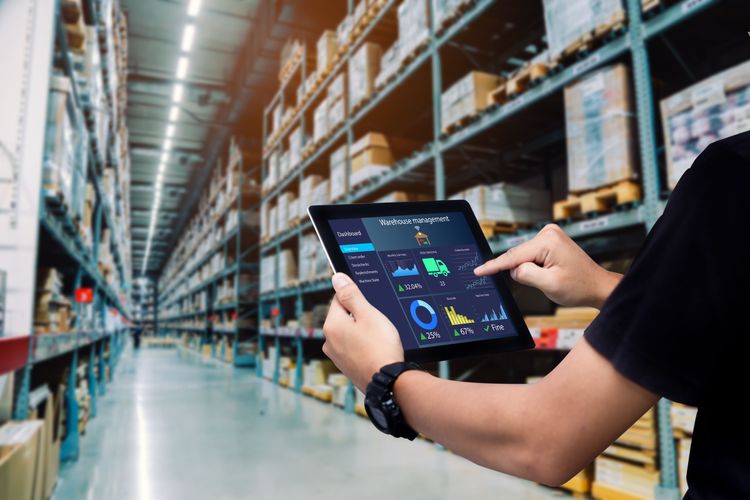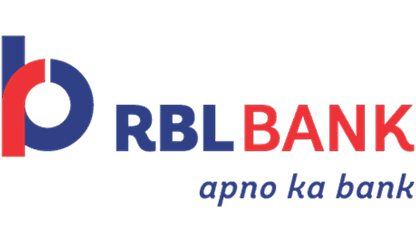E-commerce: A catalyst in the growth of MSMEs
MSMEs face an array of difficulties that keep the industry from reaching its full potential. These difficulties include digital illiteracy, poor reach, limited capital, supply chain bottlenecks and difficulty procuring raw materials.
As per a report by Deloitte, MSMEs that adopt an advanced level of digital experience in their businesses, experience annual revenue growth that is 27% higher than those who continue to operate traditionally, due to factors such as easier access to the market, ease in procurement, reduction in marketing and distribution costs etc.
E-commerce plays a massive role in bridging the demand-supply gap and this equation was only intensified during the lockdown. A rapid increase in internet penetration, the evolution of payment solutions, growth in smartphone adaption, 100% FDI investments opening the market (in B2B e-commerce), and the levy of GST has been providing a major impetus for businesses to go online. The accelerated digitisation across the sectors is vital for MSMEs to expand their reach, and is also a great platform to leapfrog obstacles of supply chain bottlenecks, procurement challenges and distribution and leakages in procurement processes.
E-commerce has also been instrumental in empowering MSMEs by helping them navigate the online route of doing business, creating a demand for their products and services, and providing a wider reach and an expanded customer/client base. It eliminates middlemen by giving them direct access to customers which enable improved market penetration, reach as well as margins. As a result, MSMEs can increase the scope and scale of their businesses and get a level playing field with their larger counterparts. From a buyer’s perspective, e-commerce ensures convenience, 24*7 availability, access to quality products at transparent prices as well as ease of returns and exchanges and an informed choice from a wide catalogue.
The road ahead
For MSMEs’ to thrive and remain competitive in the market, it is critical that they reduce the cost of their material procurement by procuring reliable and transparently priced sources.
Procurement which involves both direct and indirect spends impacts the operational costs majorly. While direct spends include core expenses in a business (for instance, procuring fabric for a garment manufacturer), indirect spends are unplanned expenses that are needed to keep the momentum going. And while these indirect expenses only account for 20% of the total expenses, they take up almost 80% of the time and bandwidth of the procurement managers. This happens due to hidden costs like – time costs, purchase costs and process costs. -procurement which involves business-to-business, business-to-customer, business-to-government or government-to-business buying and selling of services and products is the most effective and accessible method to solve all these problems. It saves time and ensures productivity since all products are available under one single platform. This allows the procurement managers to attend to matters that are more important, hence improving overall productivity.
MSMEs serve as both the economic backbone and the breeding ground for upcoming conglomerates. In addition to saving money and time, e-commerce has helped MSMEs expand financially because of increased productivity. With less paperwork, duplication of effort, bureaucracy, elimination of middlemen, and reduced leakages in procurement, procurement of materials online has become simpler. With added efficiency, MSMEs can unlock their potential by streamlining their businesses and building efficiency through digital platforms.





 +91 7208055523
+91 7208055523
 Help & support
Help & support
